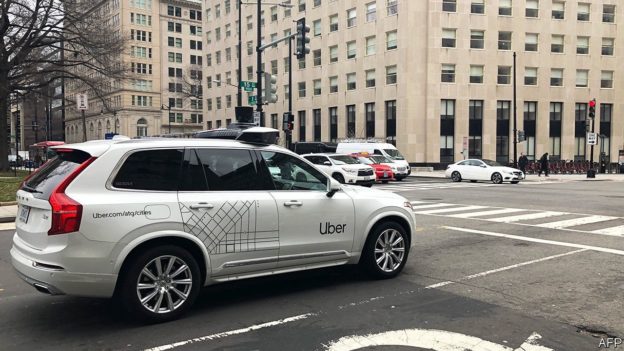IN 2016 TRAVIS KALANICK, then Uber’s chief executive, described self-driving cars as mission-critical. If somebody managed to beat Uber to making them work, he said, then the rival’s ability to offer taxi trips without paying for human drivers would mean that “Uber is no longer a thing.”
Times change. On December 7th Uber announced the sale of its self-driving arm to a firm called Aurora. No price was given. But Uber said it would put another $400m into the unit; that Dara Khosrowshahi, its current boss, would join Aurora’s board; and that the deal would leave it with a 26% stake in Aurora.
One reason for the spin-off is Uber’s belated effort to return to profit. It lost $8.5bn in 2019, as it fought for market share with rivals such as Lyft. Besides offloading the self-driving unit, the firm has sacked workers and sold its Jump electric-bicycle division to Lime, a scooter firm. On December 8th Uber said it would flog its Elevate flying-car project to a startup called Joby Aviation.
Another explanation is that the reality of self-driving has lagged far behind the excitement, as it had done in the idea’s earlier heydays in the 1960s and the 1990s. The machine-learning software on which the cars rely often struggles to cope with “edge cases”, which are absent from software’s training data but pop up regularly on…
Read More

Comments are closed